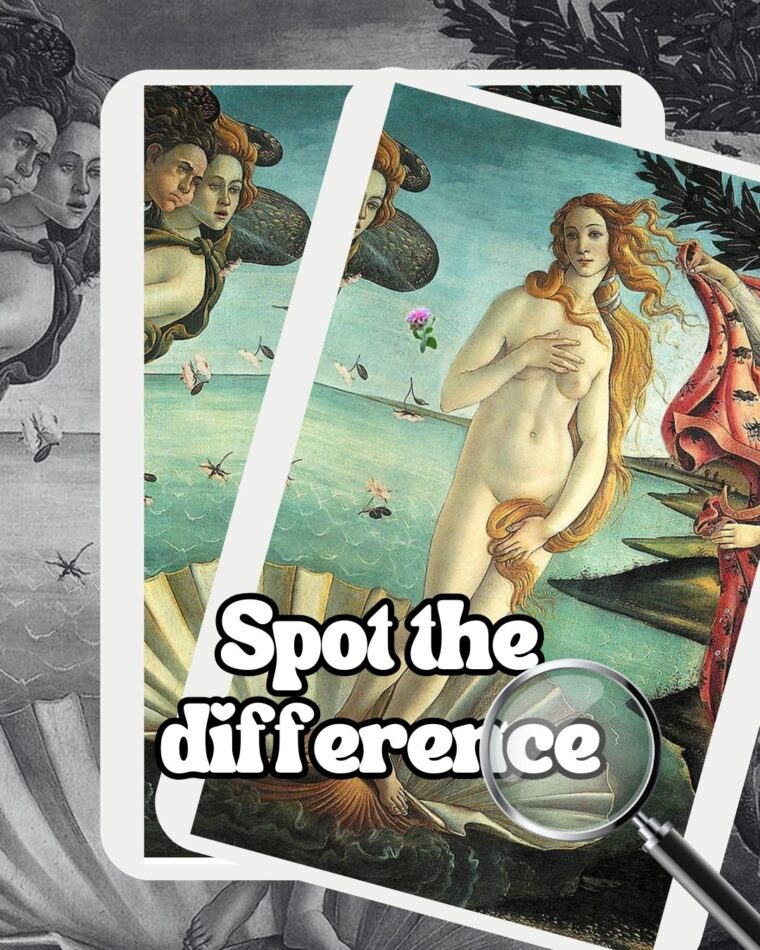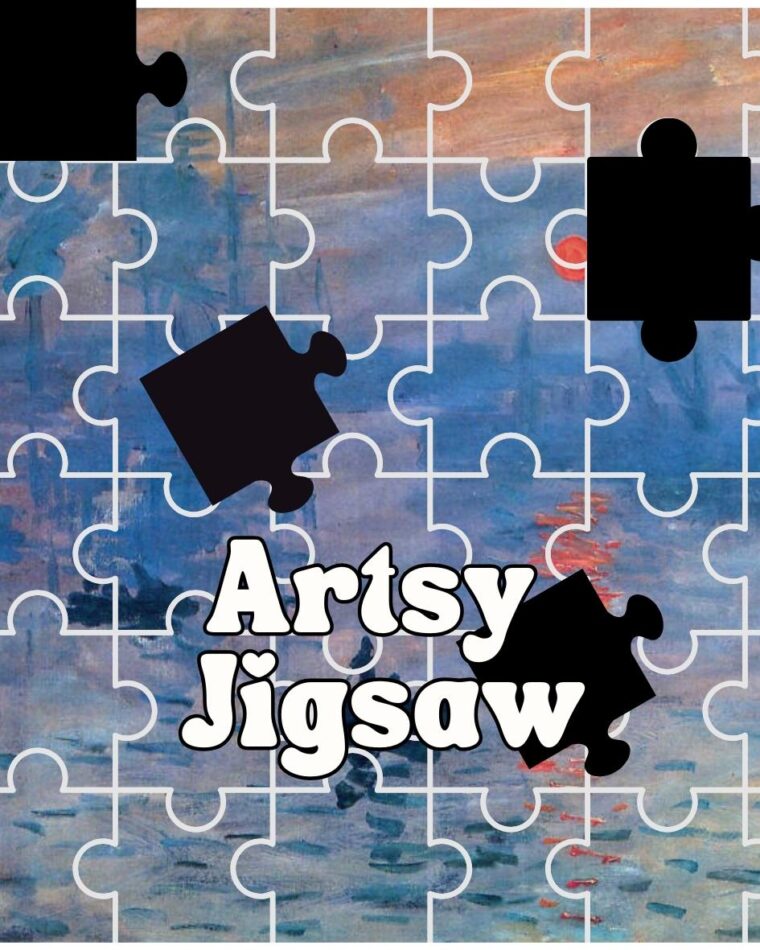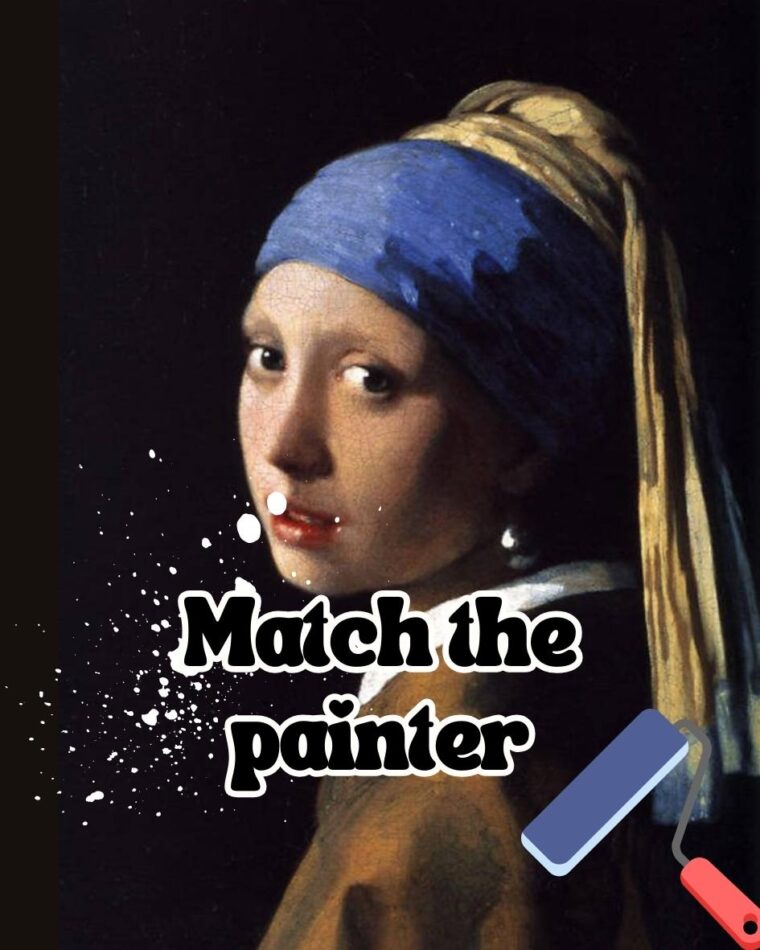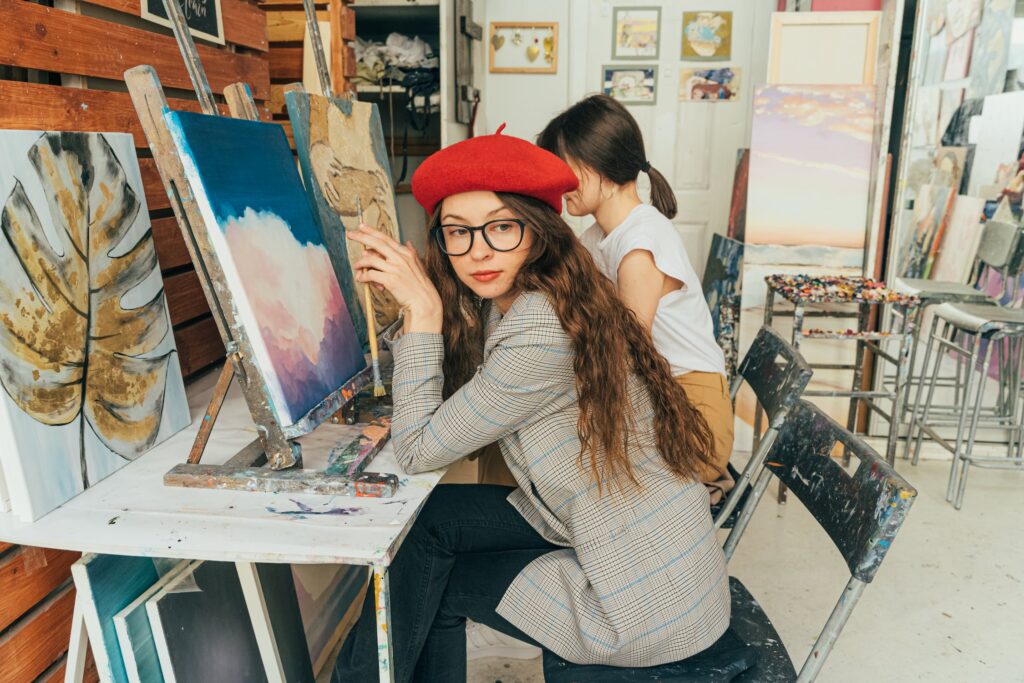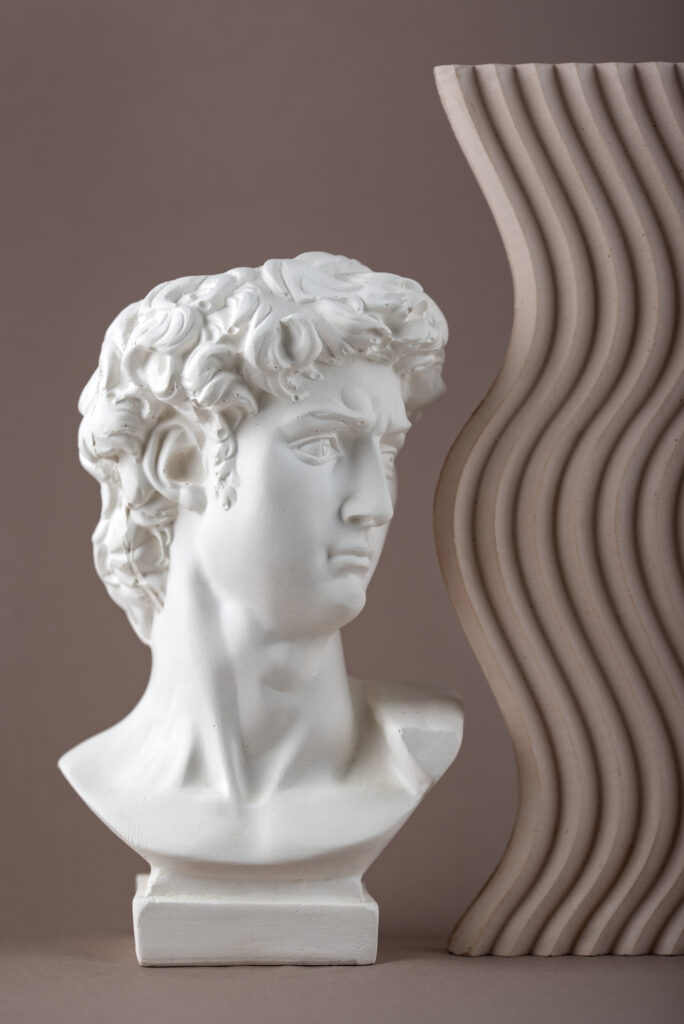
How to Use Testimonials to Build Trust with Art Collectors


How to Use Testimonials to Build Trust with Art Collectors
Let’s start with a truth that too many artists overlook: people don’t just buy art, they buy trust.
Think about it. When someone decides to invest in a piece of art, they’re not just choosing something that looks beautiful. They’re buying a story. They’re buying a connection. They’re buying from you, the artist. And just like in any business, trust is the thing that turns interest into a sale.
So how do you build that trust, especially if you’re not represented by a gallery or you’re still growing your name? One of the most powerful tools you can use—one that’s totally underused by visual artists, is the testimonial.
In this blog, I’m going to walk you through exactly how to use testimonials from collectors, curators, buyers, and even other artists to boost your credibility, make your website and social media stronger, and help art buyers feel more confident saying “yes” to your work. I’ll share real strategies, easy ways to ask for testimonials, and tips for using them naturally without feeling awkward or salesy. So let’s dig in.
What Exactly Is a Testimonial and Why Should You Care?
A testimonial is simply a short, genuine statement from someone who has experienced your art, whether that’s buying a piece, working with you on a commission, curating your work into a show, or even viewing your work at an exhibition. These are people vouching for you, publicly or privately.
Now here’s why that matters: people trust people more than they trust marketing.
According to Nielsen’s Trust in Advertising Report (yep, real data here), 92% of people trust recommendations from individuals, even if they don’t know them, over branded content. That means someone else talking about your art is more persuasive than you doing it yourself.
Even short, simple testimonials build what’s called “social proof”, the idea that if other people have had a good experience with your work, new buyers will feel safer investing too.
But I’m an Artist, Not a Business… Right?
Wrong, you’re both. Whether or not you’re comfortable thinking of yourself that way, selling art is a business, and businesses grow when there’s credibility, visibility, and trust. Testimonials help with all three.
They show that:
- You’ve sold art before
- People enjoy owning your work
- You’re professional and reliable
- Buying from you isn’t risky, it’s a great experience
And the best part? You don’t need to be famous. You just need to get started, one collector at a time.
Where to Get Testimonials (Even If You’re Just Starting Out)
You might be thinking, “But I haven’t sold much yet. Who would give me a testimonial?”
The answer is: more people than you think.
Start by looking at your network:
- Past buyers: Even if it was a friend or family member who bought your first piece, if they love it, they can give you a testimonial.
- Commission clients: If you’ve done any custom work, portraits, murals, digital illustrations, ask how the process was for them.
- Curators or event organizers: If your work has been included in a show, the organizer can speak to your professionalism and artistic impact.
- Workshop attendees or collaborators: If you teach or collaborate, ask for reflections on what it was like to work with you.
You don’t need fifty quotes. Even 2–3 powerful ones can make a huge difference.
How to Ask for a Testimonial (Without Feeling Weird)
Asking for testimonials can feel awkward, but it doesn’t have to be. Here’s how to make it easy for both you and the other person.
Step 1: Ask Promptly and Politely
Timing is everything. The best moment to ask is right after a sale, a commission delivery, or a successful exhibition.
Here’s a simple message you can send:
Hi [Name],
I’m so happy you connected with my work. If you’re open to it, I’d love to ask for a short testimonial that I could share on my website and social media. It could be just a few lines about your experience or what you love about the piece—it helps future collectors feel more confident and helps me grow as an artist. Totally no pressure, but I’d be really grateful if you’re up for it!
Thank you again for your support.
Notice how low-pressure and friendly that is. No corporate-speak. Just real.
Step 2: Make It Easy
Some people may not know what to say. You can offer a few questions to help guide them:
- What drew you to the piece?
- How does it make you feel?
- What was it like working with me or buying from me?
- Would you recommend me to others?
You can even offer to draft something for them to approve (some people appreciate that if they’re busy).
What Makes a Good Testimonial?
Not all testimonials are created equal. The best ones have three things:
- Specificity – “Her painting brings so much warmth to my living room” is better than “It’s nice.”
- Emotion – Testimonials that show how the collector felt—excited, moved, proud, connect more deeply with potential buyers.
- Context – Mentioning where they saw your work, or that it was a gift, or that they’re a repeat collector adds depth.
Here’s an example of a strong testimonial:
“I first saw Maya’s work at a group show and couldn’t stop thinking about it. I finally bought a piece two months later, and it’s now the centerpiece of my dining room. Everyone comments on it. It reminds me every day of why I love collecting art.” – Rachel C., Los Angeles
See how personal and compelling that is? That kind of social proof is golden.
Where to Use Testimonials (And How to Do It Right)
Okay, now you’ve got a few testimonials. Where do you put them?
Here’s where they really shine:
Your Website
Add a section called “Collector Feedback” or “What Collectors Are Saying.” Don’t bury it—make it part of your main site navigation or homepage.
You can also sprinkle testimonials on:
- Your About page
- Under individual artworks (especially if the testimonial references that piece)
- Checkout or inquiry pages (builds confidence right before someone commits)
Instagram and Social Media
Turn quotes into graphics. Canva makes this super easy. You can use a clean background, an image of the artwork, or even a photo of the collector (with permission).
Email Newsletters
Include one testimonial in every 2–3 emails. Keep it short, and pair it with a story or image of the work.
In-Person Materials
If you’re doing an art fair, open studio, or group show, print a few testimonials to display near your work. A short quote next to a painting can be the nudge that turns a browser into a buyer.
How Testimonials Help During the Sales Process
Here’s a real scenario: someone messages you about a piece they love. They’re interested, but unsure. Maybe they’ve never bought original art before. Maybe they’re nervous about the process.
Instead of giving a hard sell, you gently guide them:
“I totally understand, it’s a big decision. I’ve had a few other collectors share their experience; would you like me to send you a couple of their comments?”
That takes pressure off. It’s not you convincing them, it’s other collectors validating the experience.
This is especially powerful for commissions. You can say:
“Here’s what one of my recent clients said after her custom portrait. It might give you a sense of what to expect.”
That builds confidence. It calms nerves. And it increases your chances of closing the sale.
Extra Boost: Video Testimonials
If you’re ready to level up, video testimonials are very effective. Why?
- People can hear emotion and tone.
- It feels authentic, harder to fake than text.
- It humanizes your collectors and shows their passion.
You don’t need high production. A simple phone video, even shot selfie-style, works. Ask a collector to record a quick clip about why they love your work. Keep it under 60 seconds. Get their permission to share.
Some Real Examples
Now I am sharing some real examples of testimonials from Arts To Hearts Project. so that you can have an idea how they look:
What If You Get Negative or Neutral Feedback?
This happens too. Maybe someone didn’t connect with a piece as they thought they would. Or they wanted something different. Don’t panic.
Instead, treat it as insight. Reach out, ask questions, and see if you can resolve any issues. Sometimes these conversations can still turn into great testimonials, especially if the buyer ends up feeling heard and appreciated.
Transparency builds even more trust than perfection.
This Isn’t Just About Selling, It’s About Building Community
Testimonials aren’t just tools to sell art. They’re evidence of connection. They’re snapshots of the relationships you’re building through your work.
When someone writes about what your art means to them, it shows that your creative voice matters. That your art has impact. And that other people see it, value it, and live with it.
So don’t wait until you’re “famous” to start collecting these moments. Begin now. Make it part of your routine. After every sale, after every show, ask. Save the kind messages you get. Build your archive of trust.
Because your collectors are your best advocates. Their words have weight. And when future buyers are wondering whether they should take a chance on your work, those words might be the thing that tips the scale.



